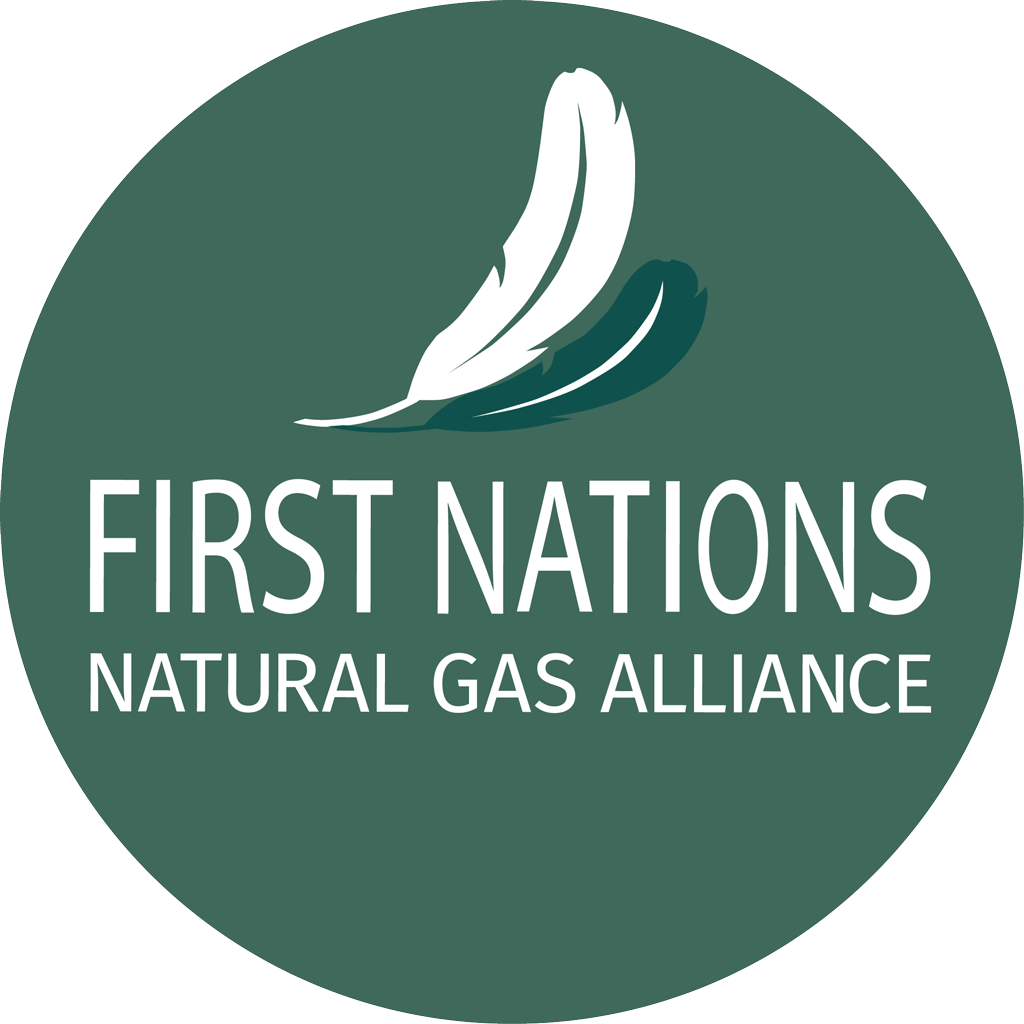Canadian opponents of LNG development happily pushed on social media a new study finding that liquefied natural gas leaves a greenhouse gas footprint that is “33% worse than coal” for generating electricity.
But they failed to point out that it’s not applicable to our Canadian LNG.
Making its finding, the Cornell University study led by Prof. Robert Howarth, examined the “lifecycle” production of U.S. shale gas, the liquefaction process to turn it into LNG, LNG transport by tanker/carrier, and the final use of LNG by the end-user.
Howarth’s research was quickly challenged, with Forbes Magazine, for one, reporting that “Howarth makes a number of worst-case assumptions to arrive at his conclusions.”
Canadian boosters of the study failed to point out that the study covered only U.S. LNG and its exports — and thus they failed to acknowledge that Canadian LNG is “cleaner.”
Back in 2019, the Puget Sound Clean Air Authority in Washington State found natural gas from Canada to have a cleaner footprint than natural gas produced in the United States, stating that methane emissions in the U.S. “may be as much as five times higher than those from Canada.”
The anti-LNG allies (and the Cornell study) also failed to mention a report by the United Nations’ Intergovernmental Panel on Climate Change, which found that natural-gas power produces 50% fewer emissions than coal power, even when fugitive emissions from gas are taken into account.
There are others:
- Generating electricity in China with LNG from Canada rather than coal could reduce emissions by up to 62 per cent, according to a 2020 study published in the Journal for Cleaner Production.
- A 2022 study by Wood Mackenzie found that growing Canada’s LNG industry could reduce net emissions in Asia by 188 million tonnes per year through 2050.
- Research by IHS Markit/S&P Global found that switching just 20% of Asia’s coal power plants to natural gas/LNG would decrease net global emissions equivalent to Canada’s total annual emissions.
- And Canada Action has noted: “According to the United Nations Environment Programme, natural gas will produce less CO2 per unit of energy – about 50% less compared to the best coal technology – and by this measure, it’s a much better option from a climate perspective.”
Let’s add that when it comes to Canadian LNG, the gas is produced and transported under tighter regulatory conditions than is gas in the U.S., and that cleaner production is helped by our cooler climate, and by more use of clean electricity in B.C.
And our production plants will simply be cleaner than those in the U.S.:
- LNG Canada will operate with emissions of less than half the global LNG facility average.
- The Haisla-Nation-led Cedar LNG will operate with emissions of less than one third of that global average.
- Woodfibre LNG will operate with emissions less than one sixth of the average.
- The Nisga’s Nations Ksi Lisims LNG project will operate with net zero emissions within three years of its first shipment overseas.
And, as a bonus, the shipping distances from the West Coast are shorter than from the U.S. Gulf Coast. It can take 25 to 30 days to move LNG from the U.S. Gulf to Asia via the Panama Canal, compared with just 10 days from B.C. Which means ewer emissions from the LNG carriers.
Also in the news: As politicians pushed their campaigns in BC’s provincial election, protesters assailed party leaders in Vancouver with signs and cat-calls objecting to the PRGT pipeline project that will feed natural gas to the Nisga’a Nation’s Ksi Lisims LNG project.
The demonstrators cited concerns by other nations that could be affected by the project.
To us, those are issues to be discussed and dealt with by the Nisga’a and the other nations. They don’t need any help from noisy outsiders and protesters in Vancouver.
The Nisga’a themselves sent out this message: The PRGT pipeline means “opportunities so our people no longer have to leave their homes and their families.”
Meanwhile, the International Group of Liquefied Natural Gas Importers said LNG will be needed for decades to ensure adequate energy supply, even as the world shifts to cleaner sources.
And Calgary-based consultant Racim Gribaa, who has worked in the LNG industry for more than 25 years, sees worldwide demand for LNG “growing exponentially.”
He says: “The worldwide demand has effectively doubled every decade since 1990, when it was 50 MPTA (million tonnes per annum). We are now closing in on 500 MPTA and that is accelerating.
“The world will need 10 more LNG Canadas in 10 years and 100 more LNG Canadas in the next 30 years.”

Posted here 16 October 2024
